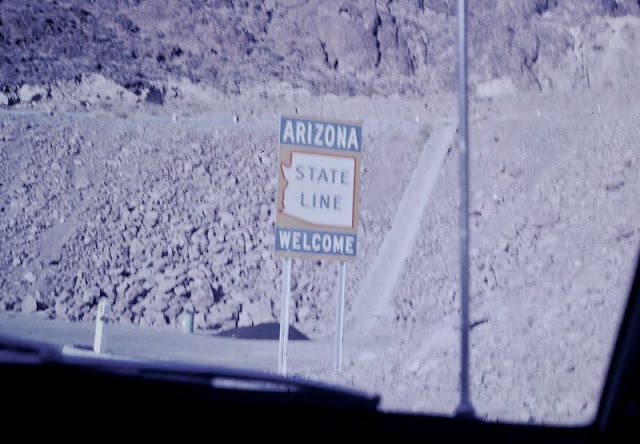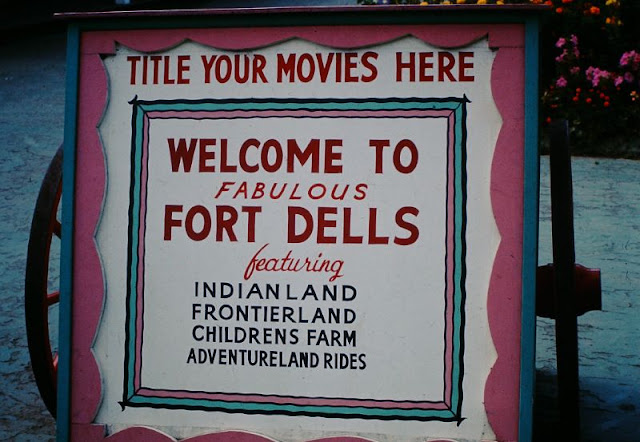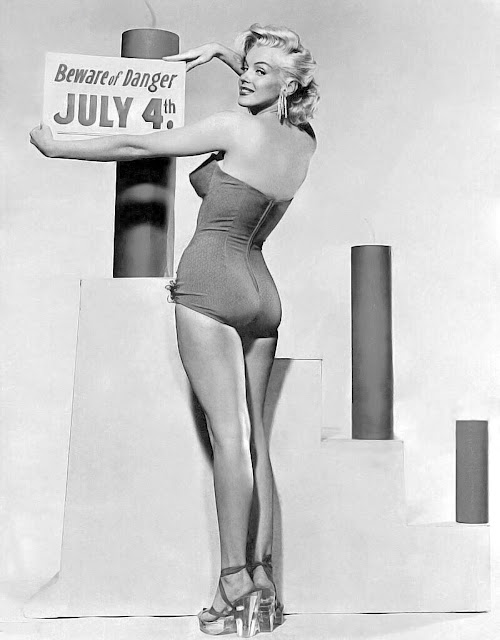If you’ve lived in Jacksonville for long, you’ve probably seen this photo. It’s by far the most famous image related to the Consolidation of the city of Jacksonville with Duval County, and it’s likely the best known in Jacksonville history. Not bad considering it originated with a fairly routine publicity stunt intended to draw people to see a road sign being installed, and was never even published at the time.
 |
| (Photo: Lou Egner, Jacksonville Journal, October 1968) |
When it went into effect on October 1, 1968, the Jacksonville Consolidation transformed the city overnight. It merged the city and county governments into one and added all formerly unincorporated land in Duval County - everything except for Baldwin and the three Beaches cities - into Jacksonville’s municipal boundaries. Consolidation was the biggest change to Jacksonville’s government since its incorporation in the 19th century, and made the city the largest in the contiguous United States.
With Consolidation taking effect, Mayor Hans Tanzler and his team looked for ways to celebrate the accomplishment. As Tanzler told
The Florida Times-Union in 2005, the idea behind the famous picture came from his public relations head, Jack Newsome. Newsome felt that the installation of new city limit signs at the county line would make a perfect photo op, and Tanzler agreed. Knowing the event would need a bit more than a road sign to draw in the media and public, Newsome arranged for some celebrity endorsement. Actor Lee Meredith, perhaps best known for playing Ulla the sexy Swedish receptionist in the 1967 Mel Brooks film
The Producers, was in Jacksonville performing in the play
Champagne Complex at the Alhambra Theatre. She agreed to participate.
The new city limit sign was to be installed on San Jose Boulevard by Julington Creek. Initially, Newsome wanted Meredith to put up the sign, with Tanzler holding the ladder, but Tanzler refused. “I didn’t just fall off the turnip truck,” he told the Times-Union. “If I do that, it’s going to be immediately assumed I had advantages a lot of people would like to have. So I said, ‘I’ll get up there and she can hand it to me.’” The now-famous photo was only one of several shot by Jacksonville Journal photographer Lou Egner that day. Egner’s photo captures a particularly memorable mise-en-scène: Meredith kicking one leg out, Tanzler grinning, and down below, the ladder holder doing exactly what Tanzler had wanted to avoid: looking up. That last cheeky detail has only contributed to the picture’s enduring popularity.
 |
| The photo that Jacksonville Journal readers saw in 1968. (Photo: Lou Egner, Jacksonville Journal, October 1968. |
As well known as the photo is today, it’s not the one readers saw back in 1968. As Mark Woods of the Times-Union wrote, the Jacksonville Journal published three of Egner’s photos that day, including one of Tanzler and Meredith holding the sign. But in that shot Tanzler isn’t looking at the camera, Meredith isn’t kicking her leg out, and “Ladder Guy” is nowhere to be seen. It was only in 2000 that Times-Union photo editor Jack Luedke dug up the version that’s now famous while sorting through the joint Times-Union and Jacksonville Journal archives for a book commemorating the millennium. Since that time, the photo has been everywhere, to the point that most don’t realize it was never seen back in the ’60s.
Viewed in the 21st century, the photo is, to put it charitably, dated. A 2005 Cummer Museum exhibit on historic Jacksonville photography that prominently featured the shot drew some critical, even angry responses. But for others, it provides an unforgettable image that reflects not only an important historical moment, but the state of politics and American society in the 1960s. At any rate, the publicity stunt succeeded beyond all possible expectations, to the point that 30 years later it produced an image that has firmly lodged itself in the local imagination.
One interesting thing about Ladder Guy: no one knows who he is. Or rather, most who knew his identity had died by the time folks thought to look into it, including Tanzler and Newsome. In 2019, The Florida Times-Union asked Tanzler’s son Hans Tanzler III and Tyrie W. Boyer, son of the elder Tanlzer’s law partner Tyrie A. Boyer, if they knew his identity, but neither could solve the mystery. Boyer recalled that his father and Tanzler had once told him the man’s name, but he couldn’t recall it. Like so many others in Jacksonville history, Ladder Guy’s real name belongs to the ages.
























































